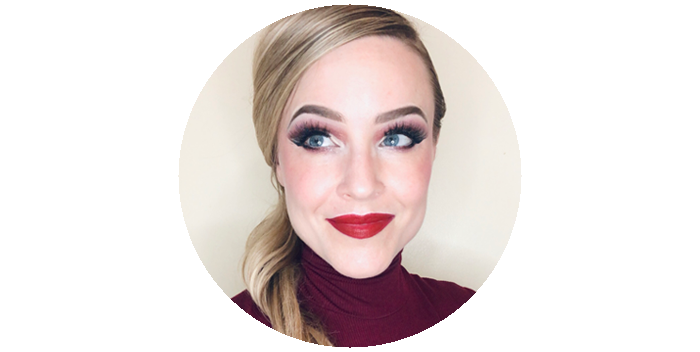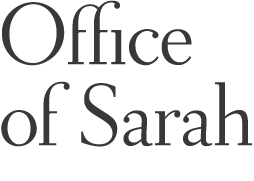Our Design Process
Every project is different, but some things will generally happen when you work with us:
At the start, we will meet in real life.
Every project I have ever worked on was created by people for people. What are the chances?! Also, I’ve found that people generally work best with people that they like. So (when at all possible) I like to meet with the actual humans that I will be designing and working with. We figure out a rough idea of budget, timeline and project scope, we drink coffee, it’s great.
We like contracts that everyone understands.
A simple, plain language (read: written in normal English) contract is written up. This is generally a description of the scope of work and a quote, paired with our Welcome package. It is written so that no one feels like there are wolves hiding in granny suits. (Note: the contract sometimes needs to be adjusted if the scope of work changes in the following steps. Pretty straightforward: the scope of work changes, the budgets and timelines change. Easy.)
Research will happen.
Market and design research are pretty important. For example, if we were hired to bake a cake*, we’d need to figure out the right recipe and ingredients for the crowd: bake a rainbow-coloured My Little Pony cake for a conservative politician’s 50th birthday and you’ve got a problem on your hands (or maybe you don’t – it all depends, doesn’t it?). Generally research involves putting on our Sherlock Holmes cape (pipe and cap, the whole outfit) and asking a ton of rapid-fire questions: Why do you need this cake? What do you want it to accomplish? Where are you going to put it? How are you going to distribute it? Does your target audience like lemon zest or pink sprinkles?
* I don’t actually bake cakes. But, you are more than welcome to bake one for me.
Purpose! Strategy!
Once we have all the background info and details, we do up a Design Brief (the Who, What, When, Where and Why of the project) and set a Design Strategy (the amazing insight or opportunity that we are going to leverage). We hone these two documents until everyone on the team agrees. We all sign off and give three cheers.
Exploration.
Every design project involves an Exploration period of brainstorming, doing a zillion sketches, and then roughing out the best concepts (where do we come up with the foundation for our great concepts? The Research, Design Brief and Design Strategy, that’s where). The best ideas/concepts will be presented in rough sketched form to the client. ALL CONCEPTS BUT ONE MUST GET VOTED OFF THE ISLAND. We are a cut-throat bunch, but there are only so many coconuts (i.e. resources, budget, time) available.
Development.
Once the best idea/concept is chosen (also known as “the most interesting idea that meets the Design Brief requirements and our Strategy”), we will develop that concept until it has reached its maximum greatness. Final photography and illustrations are created, all the pages are designed and real content is placed. We touch base with the client throughout this process to make sure everyone is on the same page and the right track.
Refinement.
This where the final edits get made and spelling errors get caught. The team and client go through the project with a fine-tooth comb. It is particularly important at this point that the client makes sure everything is looking 100% spiffy. We always require the client (that’s you!) to sign-off on the final proofs to make sure you’re not singing your name next toa typo or an spelling eror. (See, totally embarrassing right? Don’t let it happen to you!)
Production.
This is where we prep everything we’ve created to be sent off to the people actually producing it – generally our printer or web development team. Also, like we mentioned above, the Office of Sarah ALWAYS has the client sign off/approve the final printer’s proof personally themselves, and we recommend at least two signatures – you (the project lead/communications person) and your boss.
Important note! The printer and web developer are not strangers. They will have been involved from the first few steps, letting us know important things like if what we want to do is physically impossible, or if an element of our design is going to cost a zillion more dollars than we had planned.
Want to learn more about working with The Office of Sarah? Read our Five tips for creating great design.
Don’t really understand the important of design? Read our Brief defence for (good) design!

